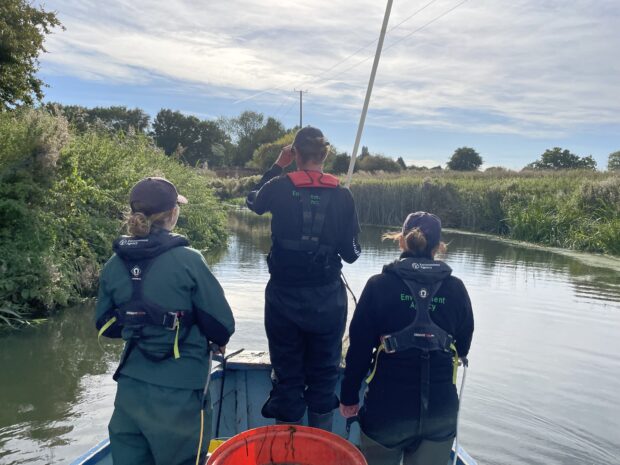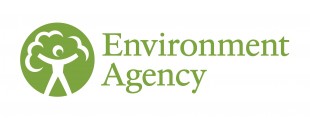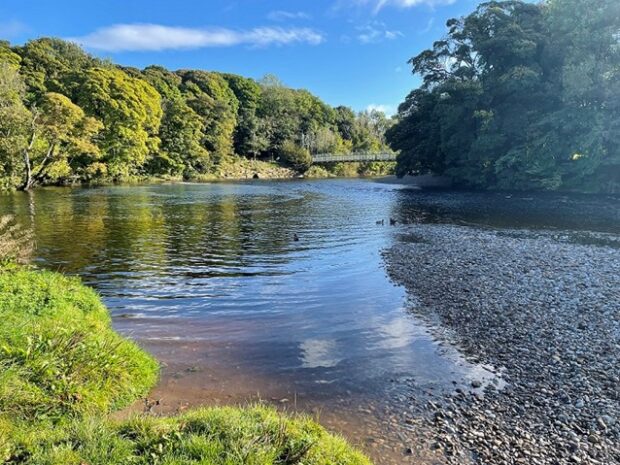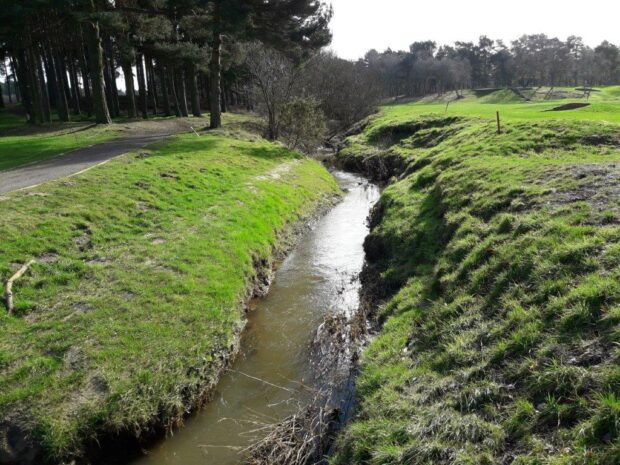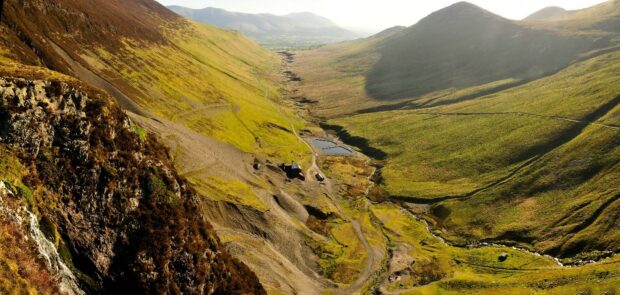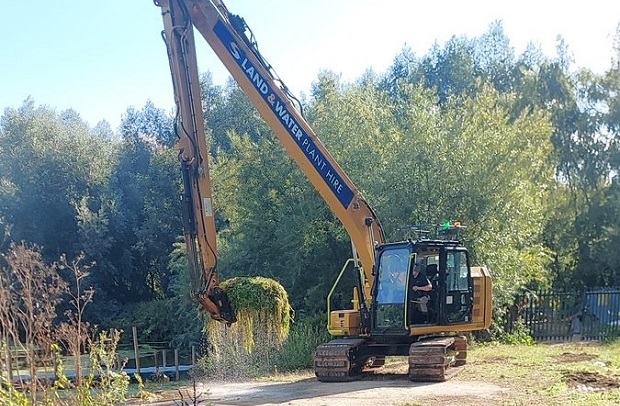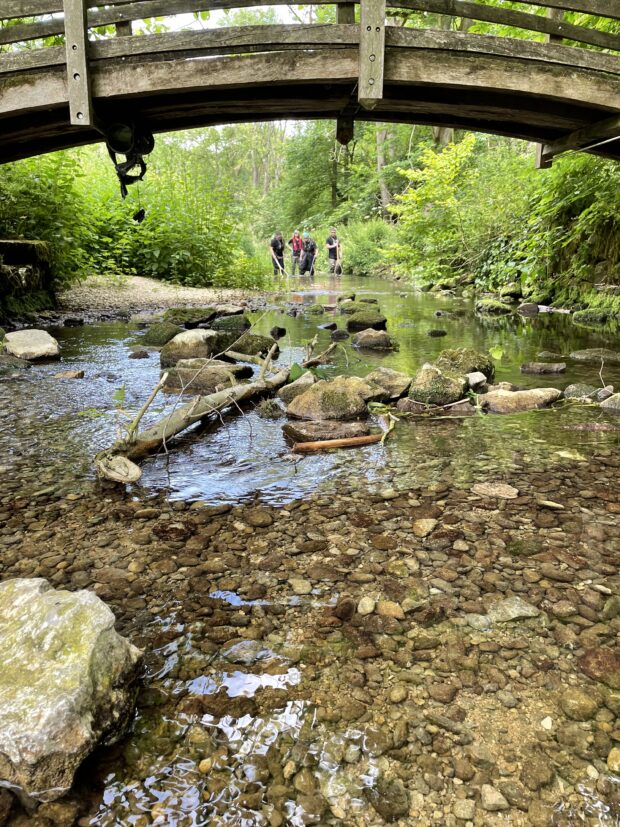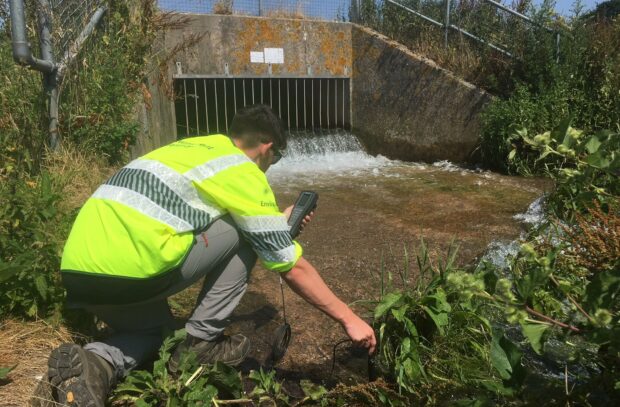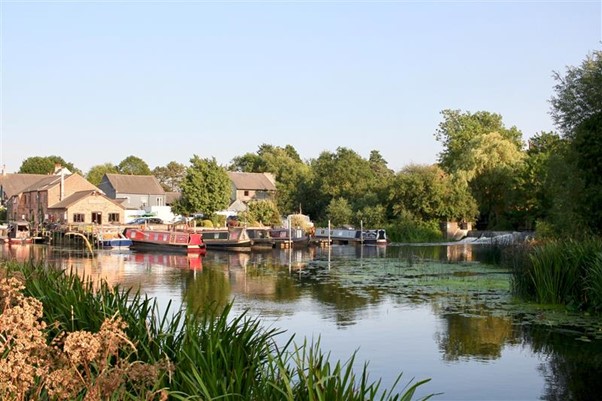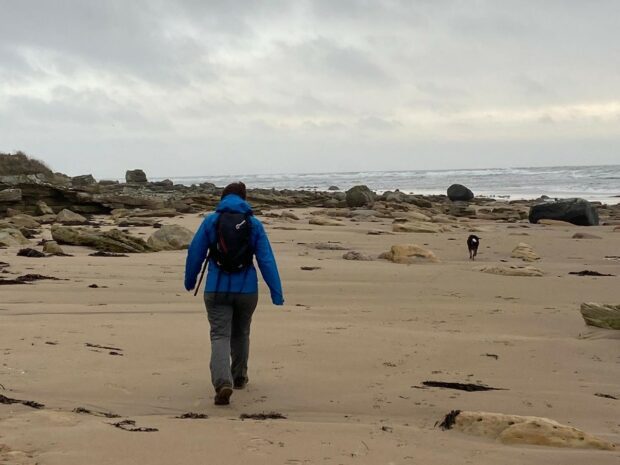My name is Dan Hayter and I work for the Environment Agency as a fish and eel specialist in the National Monitoring Field Team and the Fisheries, Biodiversity and Geomorphology team based in East Anglia. There are many elements to …
In December 2020, a stretch of the River Wharfe at Cromwheel, Ilkley, in Yorkshire was designated a bathing water by Defra,the first section of a river in the country to become a bathing water. Yorkshire’s Bathing Waters lead Claire Campbell …
Today (Wednesday 27 March) we have published storm overflow (Event Duration Monitoring data) for the 2023 calendar year. Event Duration Monitors record the number and duration of spills from storm overflows. To view mapped data visit Storm Overflow Spill Frequency (arcgis.com) …
As a Catchment Coordinator for the Environment Agency, my role is quite varied. I develop projects to improve our rivers with partner organisations, I support local catchment partnerships - groups of organisations that come together to improve the water environment …
The problems facing water are complex, with multiple sources of pollution affecting water quality. One of the lesser-known areas of the Environment Agency’s work is cleaning up pollution from abandoned metal mines. Mining played a major part in Britain’s rich industrial history, but this also left thousands of abandoned mines scattered across our landscape. Almost …
Debbie Thompson leads the Stour Field Team and has been with the Environment Agency for 15 years. Here, Debbie explains how the team works throughout the year to help protect communities from flooding and improve the environment for people and nature. The 14-strong field team can be seen working across this large chunk of east …
The prolonged dry weather is affecting many rivers and lakes across much of central, south-west, south-east and eastern England.
In this blog post we explore the latest prolonged dry weather situation and how the Environment Agency has already been taking action.
Deputy Director for Water Strategy and Partnerships, Richard Thompson, talks about how the importance of River Basin Management Planning as a tool for driving forward the changes needed for a prosperous water environment.
Our Area Environment Manager Rachael Caldwell looks at what we can all do to improve water quality over the festive season.
